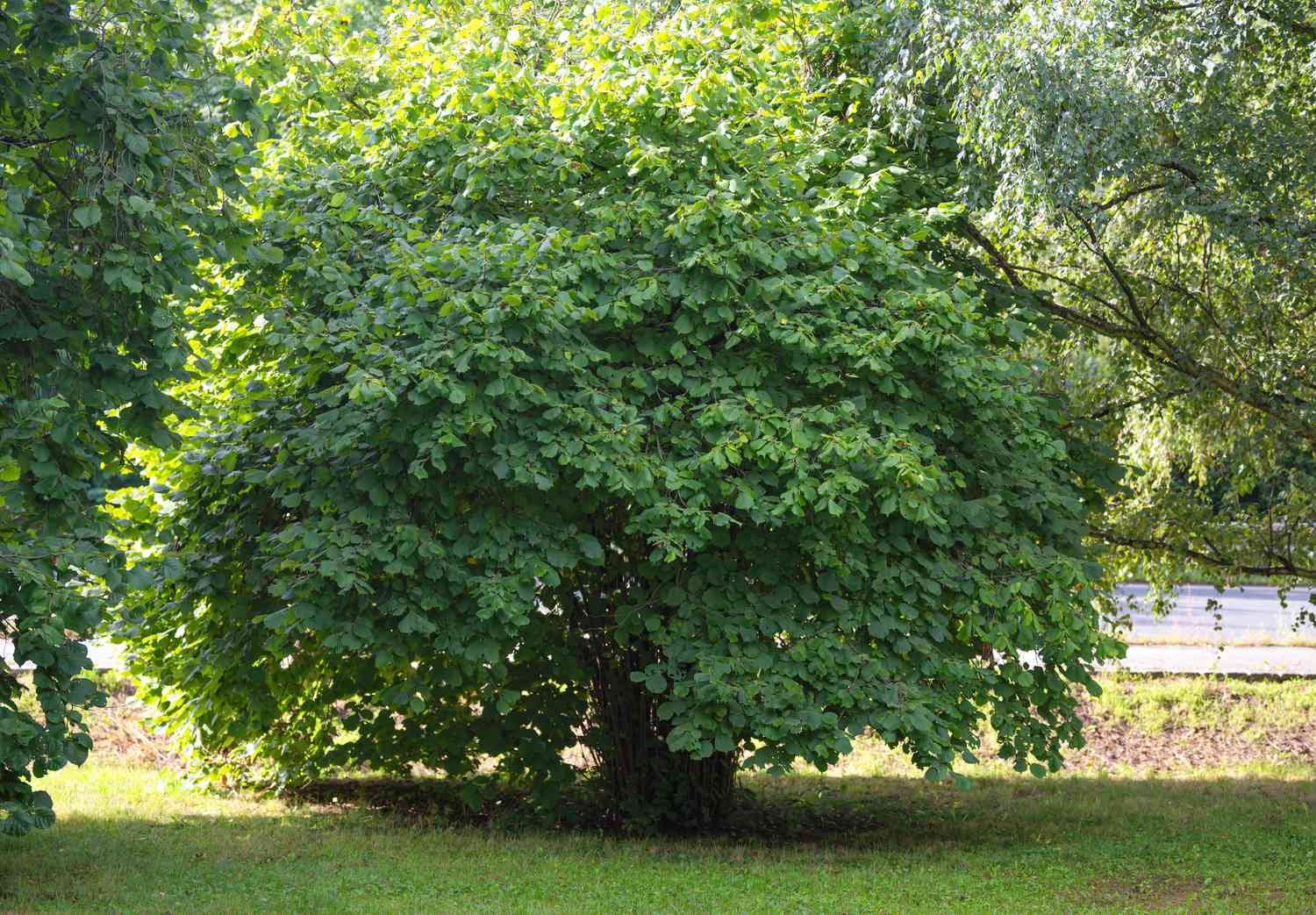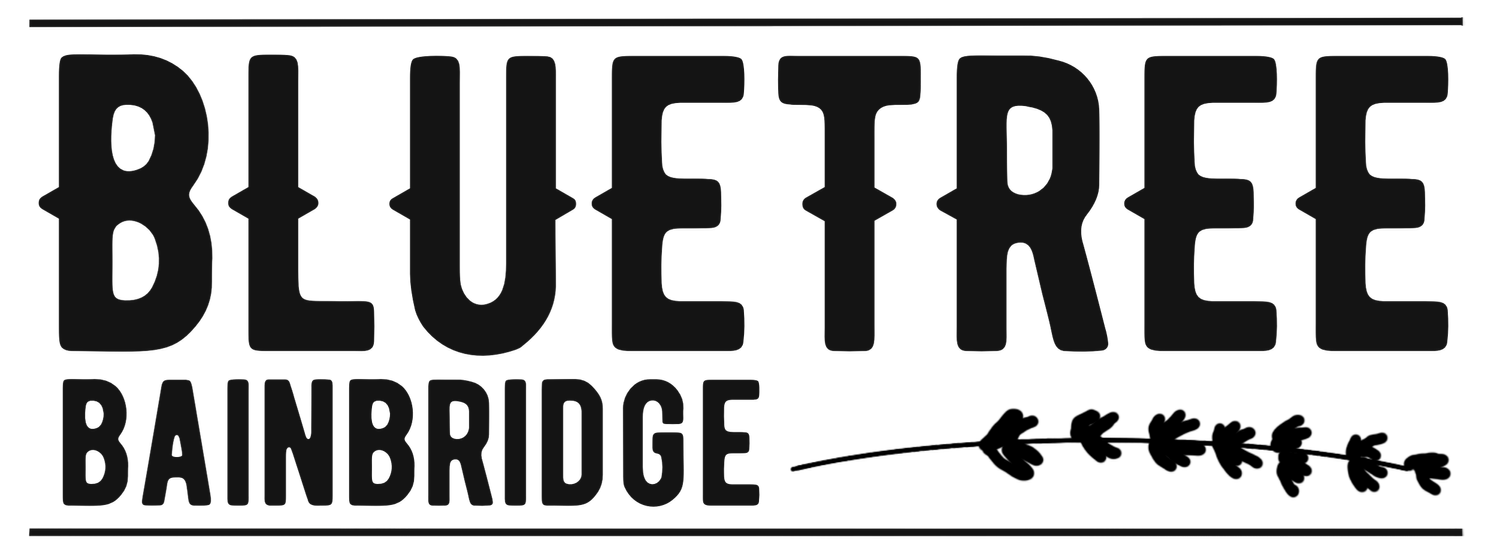Beaked Hazelnut
(Corylus Cornuta)
Cornuta means “horn” and refers to the husk that encloses and projects past the nut.
The Beaked Hazelnut is a bushy shrub that grows best in moist, well-drained sites; open forests and edges of forests.
It is the earliest shrub to bloom with its long catkins, a welcome sight that winter is almost over.
You might be wondering, what is a catkin?
Hazelnut trees have a female part–the flower–and a male part–the catkin. The catkins elongate (3/4 to 1.5 inches) throughout the winter months, and as the winter winds pick up, the gusts blow the pollen from yellow catkins to the tiny (and I mean tiny) red flowers. and straight into our noses (ugh, allergies anyone?)
Despite being a huge downer for those of us with allergies, the Beaked Hazelnut is stunning in Fall with some of the brightest yellow leaves!
So are the Beaked Hazelnut Nuts edible?
In short, Yes.
No doubt you’ve enjoyed Nutella, hazelnuts are the second ingredient right after chocolate.
For Indigenous communities, they are more than snack food, they are medicine. Traditional preparations include pounding and soaking the hazelnuts to treat an upset stomach. Soothe a cough and other cold symptoms by mixing powdered hazelnuts in honey. Topically, apply hazelnut oil to lighten dark spots on the skin and use small amounts on the scalp to encourage hair growth. Hazelnut has astringent and antibacterial properties that are used to soothe eczema outbreaks.


